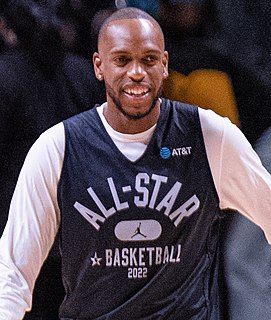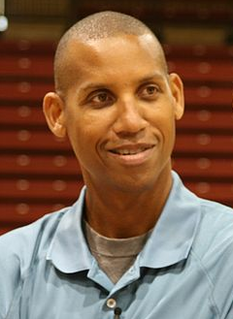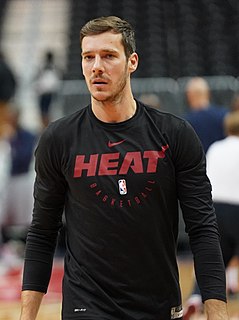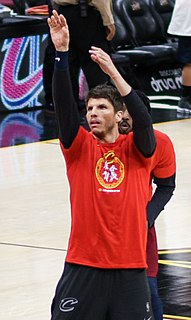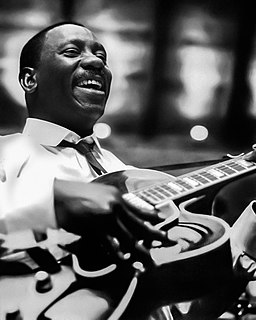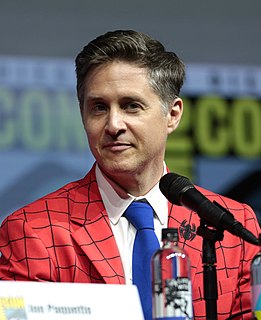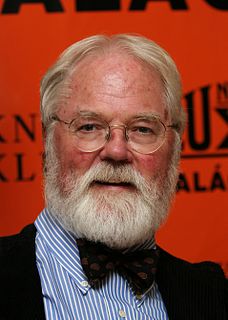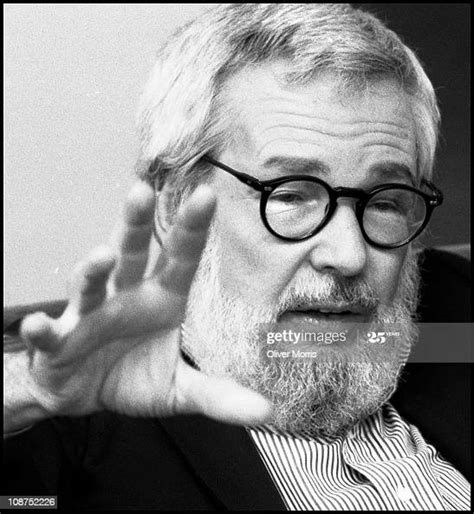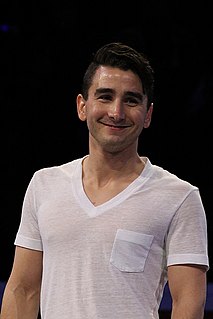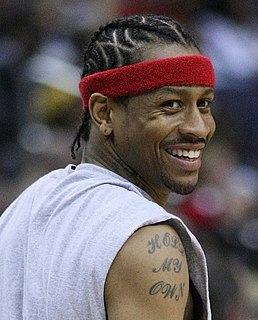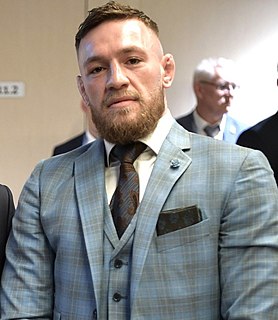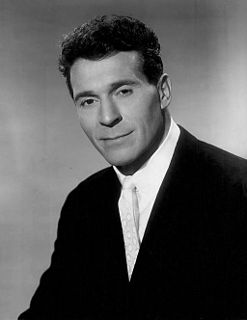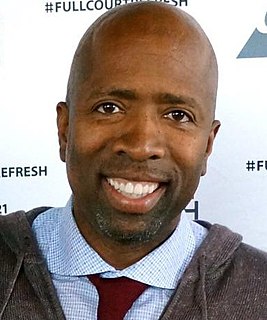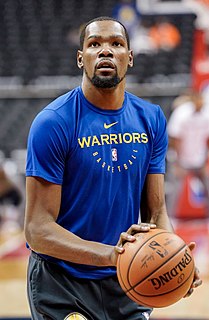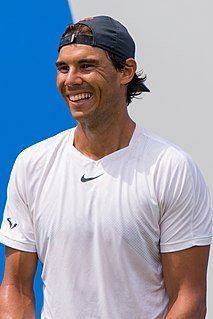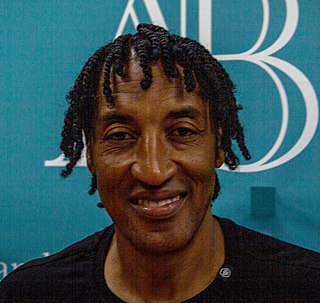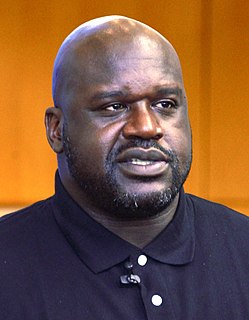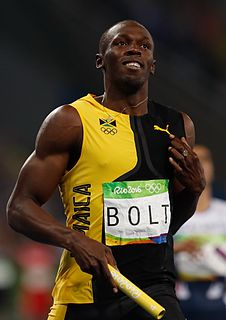A Quote by Khris Middleton
I think mid-range shooters are hard to get to a lot of times. Guys are going at you all the way to the paint or looking to swat it at the 3-point line.
Related Quotes
A lot of times, when young guys come up, you think you don't have to work as hard because the talent is going to get you as far as you need to go. But as you get older, it's not that way. An injury is really a wake-up call and a slap in the face that maybe you were slacking a bit, and don't let it happen again.
In this league, there's a lot of times when you're going to have guys open, and it's going to be all good and the fact that you're off a tick might not matter. But when it really matters, you're going to need to be right on it. And I think the more reps you get, the more likely chance you have to feel comfortable in those times of high stress.
It's impossible for me to feel like there's only one way to do a thing. There's nothing wrong with having one way of doing it, but I think it's a bad habit. I believe in range. Like, there's a lot of tunes that I play all the time-sometimes I hear 'em in a different register. And if you don't have complete freedom, or you won't let yourself get away from that one straight line, oh, my goodness, that's too horrible to even think about.
Picasso and Matisse were the guys I wanted to get away from, and cubism is all still lifes. Their paintings are all closed drawings. And still life is a perfect form for that. By the mid-'50s, I sort of dropped the still life. The large picture was a way of getting around them, too. The abstract expressionists were also into the large form because it was a way of getting around Matisse and Picasso. Picasso can't paint big paintings. Matisse didn't bother after a certain point.
I think, a lot of guys, when they get, you know, those hits or those concussions, they think, 'OK, well, I'm just going to kind of play through it here for the short term, and it's going to get better.' I would venture to say probably 100 percent of the guys that played my sport in the NFL have been there.
My own movement of thought is not meant to be a straight point-to-point, linear line of march, but horizontal exploration from one area of interest to another. There is no ultimate destination - no finish line to cross, no final conclusion to be reached. It's the way I feel about dancing - you move around a lot, not to get somewhere, but to be somewhere in time.
